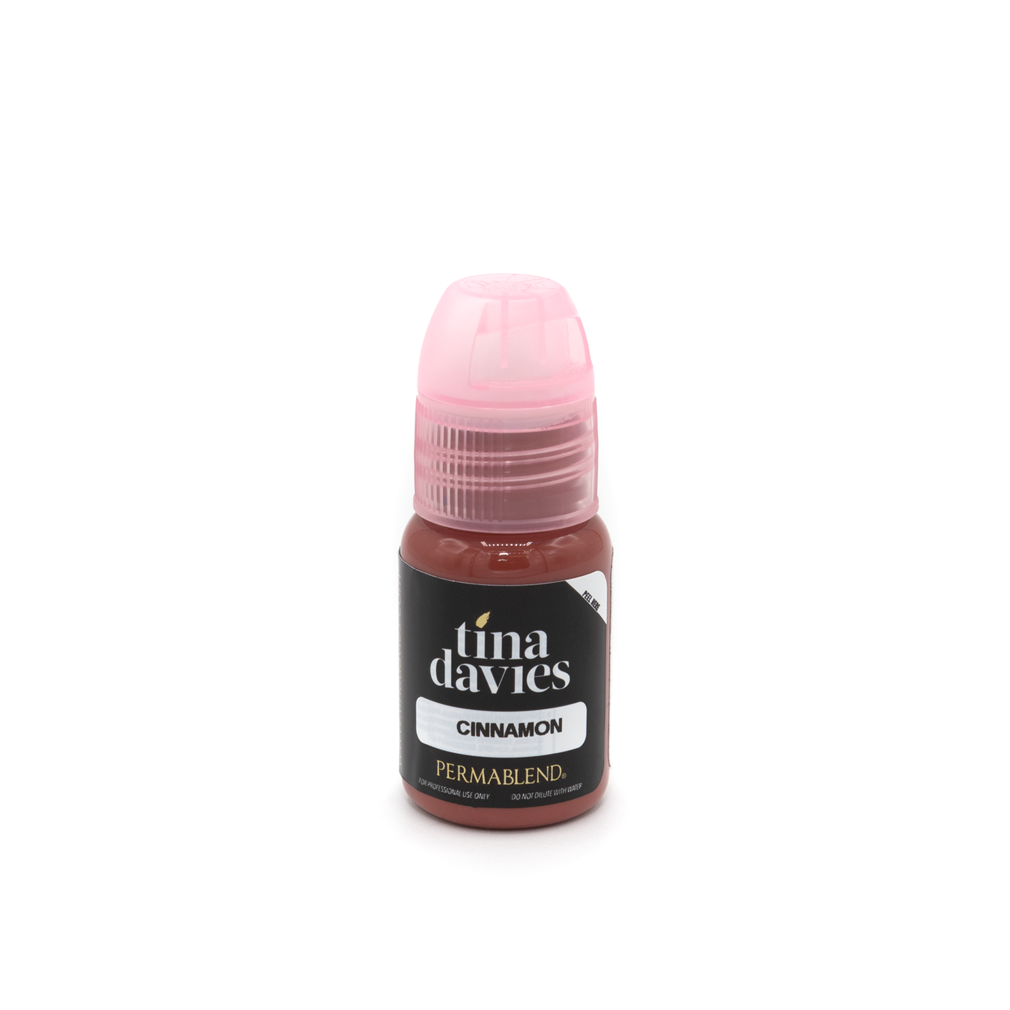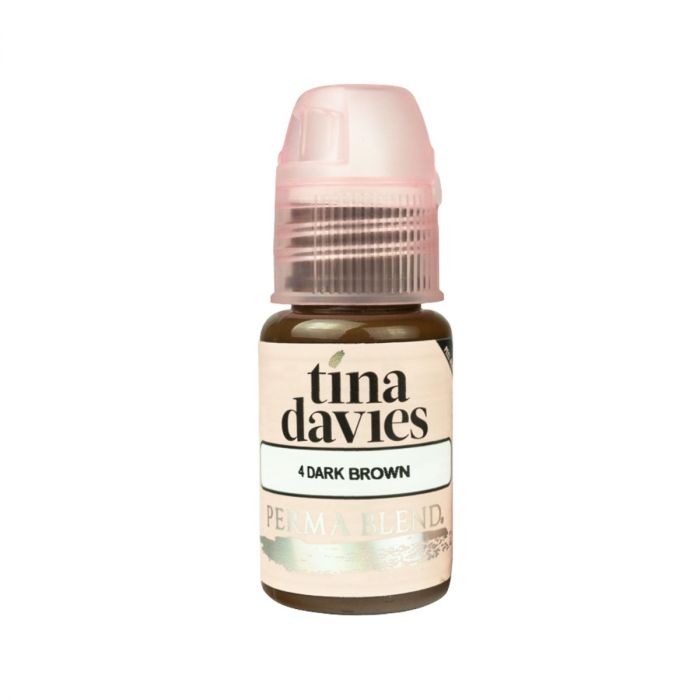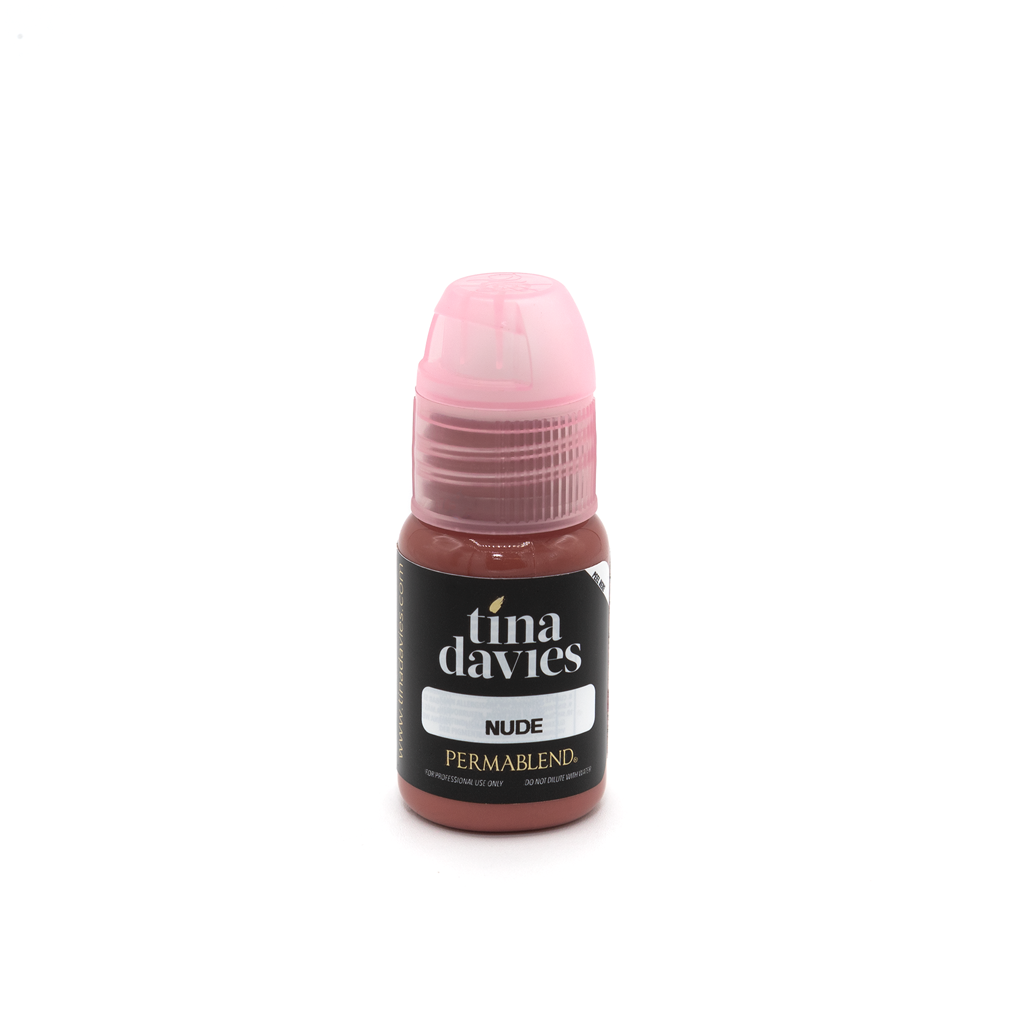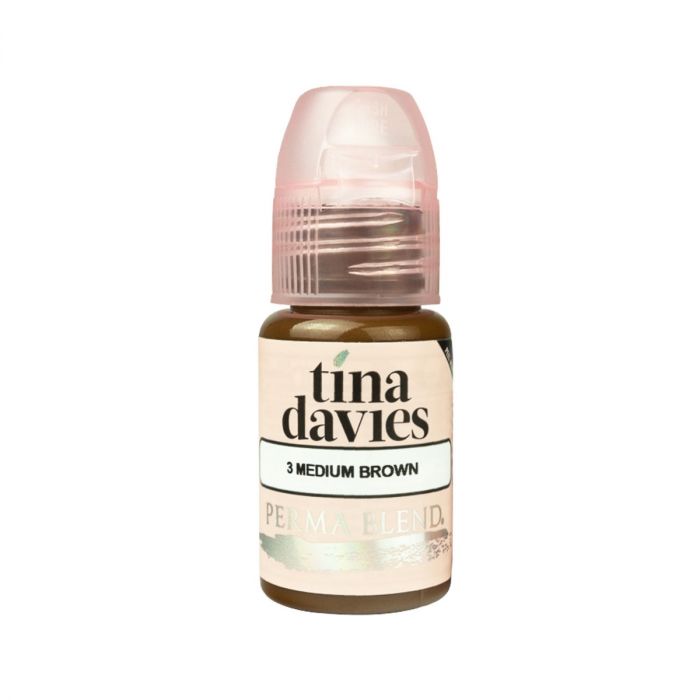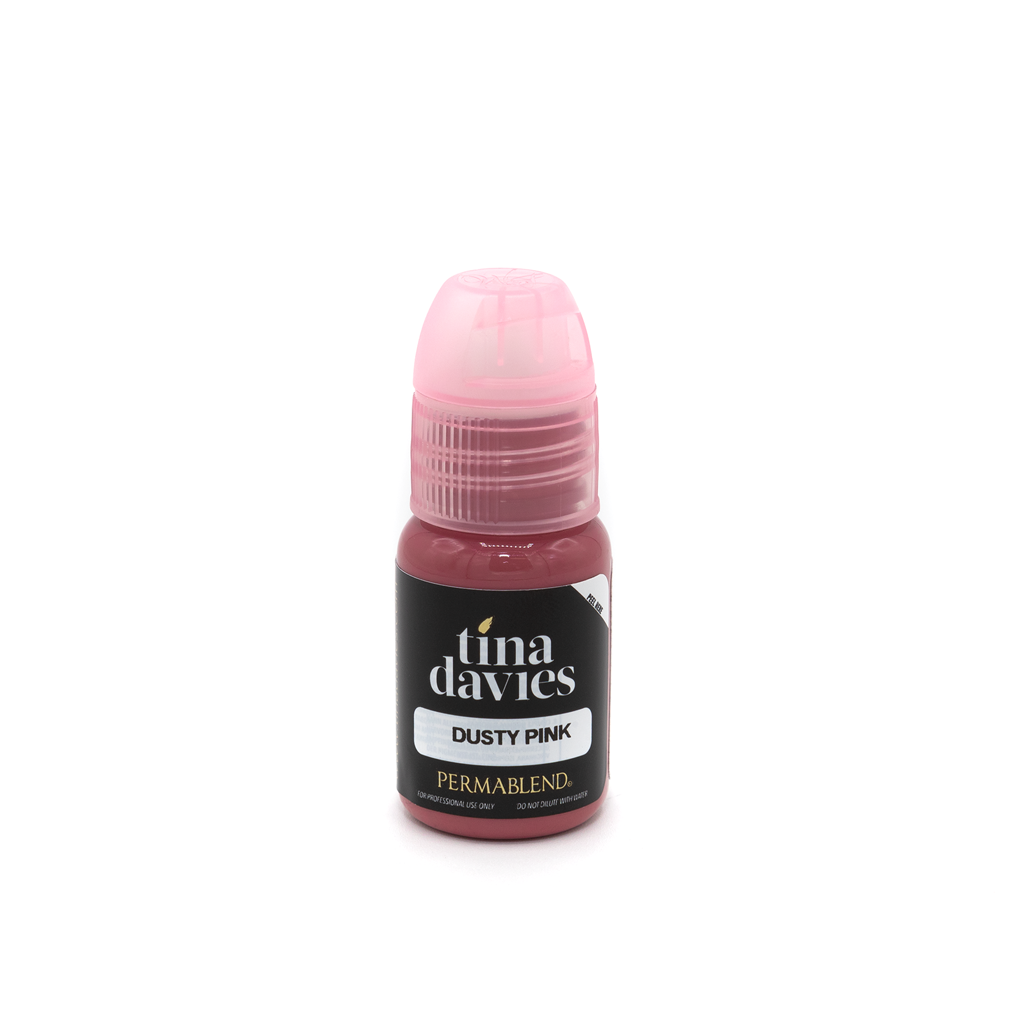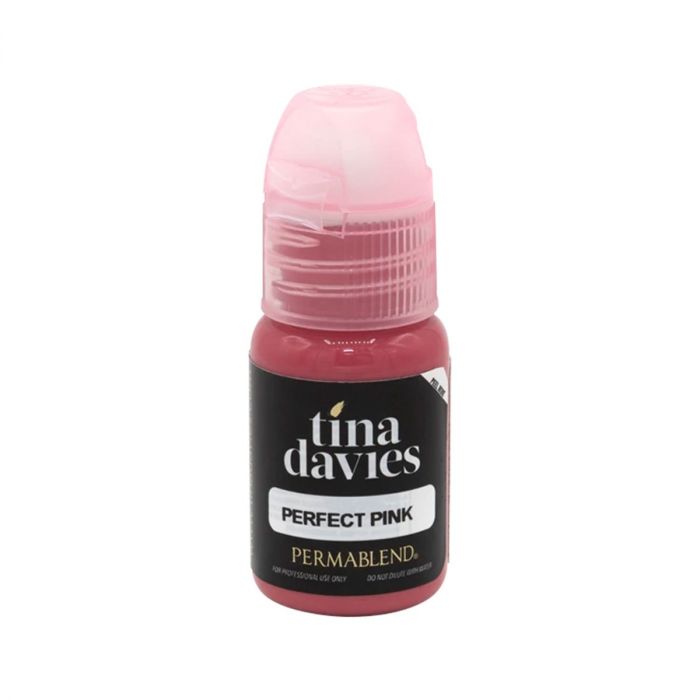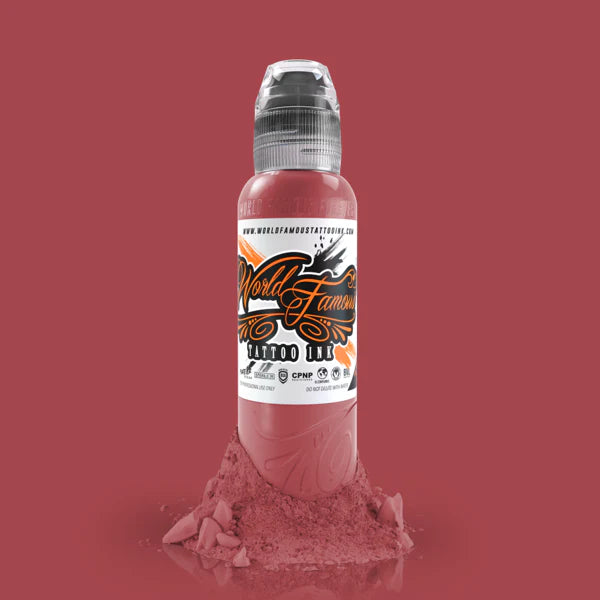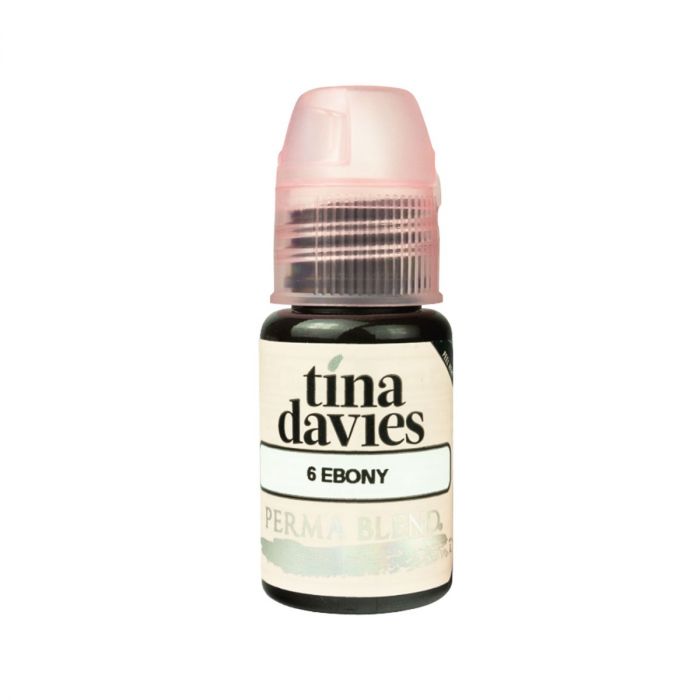What is Salt and Saline Tattoo Removal?
Semi-permanent and permanent makeup procedures have ridden a wave of popularity over the last decade. From inked eyeliner to lip blush, ombre brows to scalp pigmentation, cosmetic tattoos can yield beautiful, long-lasting results. However, like any beauty treatment, there is always the chance a client might not be happy with the outcome achieved from a semi-permanent makeup treatment.
That’s where tattoo removal comes in. As with other forms of tattooing, the results obtained from aesthetic tattoos can often be difficult to reverse. Nevertheless, as cosmetic procedures continue to evolve, so too do the methods we use to remove them. Today, there are multiple options available to clients disappointed by their permanent makeup results. The most popular method: salt and saline tattoo removal.
What is Salt and Saline Tattoo Removal?
Salt and saline tattoo removal is the most common technique used to lift or lighten the ink piments injected into the skin during a PMU procedure (including microblading, micropigmentation and scalp pigmentation).
Using a PMU machine and needle, the artist will inject a mix of salt and saline into the top layer of skin, tracing the shape of the original tattoo. The solution draws the ink out of the skin, effectively reversing the previous injection.
After the original tattoo procedure, the client will have experience scabbing post-treatment. Injecting salt and saline will produce the same effects, and clients should expect a thin layer of scab to form over the treated area.
During the weeks following the removal procedure, the original tattoo ink will continue to fade. Once the skin has healed, the client can then return to their technician for a repeat removal treatment.
Some unwanted pigment takes just one session to remove. However, it could take up to six sessions to completely eradicate other tattoos. The number of sessions required depends mainly on the client’s skin type, but also on how deep the original pigment was injected into the skin.
What are the Benefits of Salt and Saline Tattoo Removal?
Salt and saline tattoo removal has many benefits. Firstly, it is much less invasive than other forms of ink removal such as laser. Laser can be very harsh on the skin and can result in hair loss around the area. The salt and saline method means that clients can avoid using harmful chemicals or strong lasers on the skin, which is especially helpful when treating sensitive or delicate areas of the face and/or body.
The salt and saline method is also much more cost effective for the technician (and, in turn, the client) as they can utilise equipment they already own. It is effective in removing all pigment shades and colours, doesn’t affect hair growth in the treated area, is suitable for all skin types and has minimal risk of scarring.

Results after one session. Photo credit: @_byht
How Can Clients Prepare for a Salt and Saline Procedure?
As the salt and saline method is not a detailed orientated procedure, clients do not have to undergo much preparation pre-procedure. However, there are a few things they can do to ensure the best results. These include:
- Avoiding peels, glycolic acids, AHAs and retinols during the weeks leading up to the procedure.
- Avoiding excessive sun exposure.
- Avoiding blood thinning medication.
Salt and Saline Tattoo Removal: Step by Step.
To begin, the technician must cleanse the treated area with either an alcohol wipe or cleaning solution, for example chlorhexidine. After the skin has been cleaned, the technician can begin injecting the salt and saline mix into the unwanted tattoo ink.
The machine should be set to a medium speed. Too low could mean not enough solution is injected into the skin and the results won’t be as effective. Too high could cause trauma to the skin.
Technicians should use a round liner needle. Tightly grouped together, round liners will implant a lot of solution very quickly. Sharper then shader needles, they work deeper in the skin and extract the pigment quicker without causing unnecessary trauma.
For areas with dense amounts of ink, artists should use a 5RL needle as this will implant the solution faster. For smaller, more delicate areas, 3RL or 1 Liner 0.4 needles are the most suitable as they are more compact and therefore work with better attention to detail. The best needle length is 1.5mm.
What is the Aftercare for a Salt and Saline Procedure?
The aftercare for a salt and saline tattoo removal treatment is like that of a permanent makeup procedure. Clients can follow the below steps to maximise results:
- Clean the area every 15 minutes using a damp cotton pad or wet wipe. This helps to remove any excess fluids that cause dramatic scabbing.
- Apply hydragel to the area. This helps to soothe the skin and minimise any discomfort.
- Avoid getting the area wet for at least two weeks.
- Avoid picking any scabs.
- Avoid any sunbeds.
- Avoid steamy conditions.
- Avoid harmful products on the area.

Results after one session. Photo credit: @define_cheadle.
What is the Best Salt and Saline Solution?
At Cosmedic Supplies, we love FIX’D Salt and Saline solution. FIX’D is a highly concentrated composition of salt and citric properties that is extremely effective in extracting unwanted cosmetic tattoo ink from the body or face. It contains concentrated aloe vera to aid the healing process and soothe the skin. FIX’D is vegan and contains no harmful chemicals.
FIX’D is manufactured in the UK and is tried and tested by some of the UK’s leading permanent makeup artists. The solution composition allows clients and artists to experience dramatic results in just one session.
Salt and Saline Removal: Frequently Asked Questions.
How long does the procedure take?
To ensure the area is suitably numb, topical numbing cream should be applied for 30-45 minutes pre-procedure. The treatment itself should take around 30 minutes in total.
How much does a salt and saline removal treatment cost?
Each session should cost around £60-80.
How long should clients leave between each session?
Each session should be performed six weeks apart. This is how long it takes for the skin to heal properly.
Do clients require a patch test for salt and saline tattoo removal?
If using FIX’D for salt and saline tattoo removal, a patch test is not necessary. This is because the solution only contains natural ingredients. However, if a technician wants to apply a patch test as a precaution, they can apply a small amount of solution onto the wrist, or just behind the ear, for 24 hours.

Results after two sessions. Photo credit: @hushhbyharley.
Looking to Train in Salt and Saline Tattoo Removal?
Head over to FIX’d.store to find your nearest trainer. FIX’d salt and saline solution can be purchased from Cosmedic Supplies or the Fix’d store.

